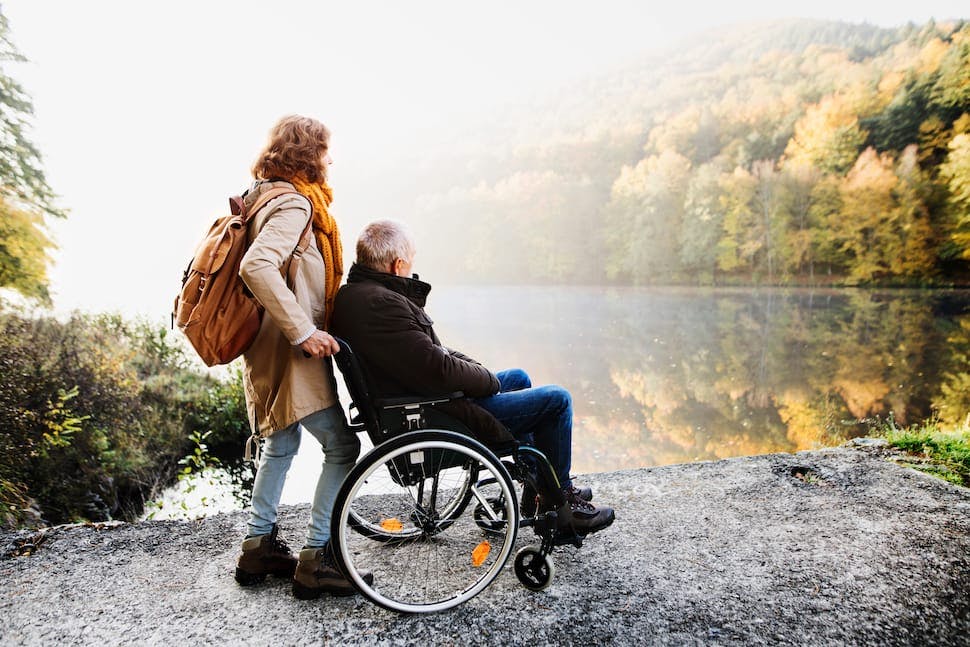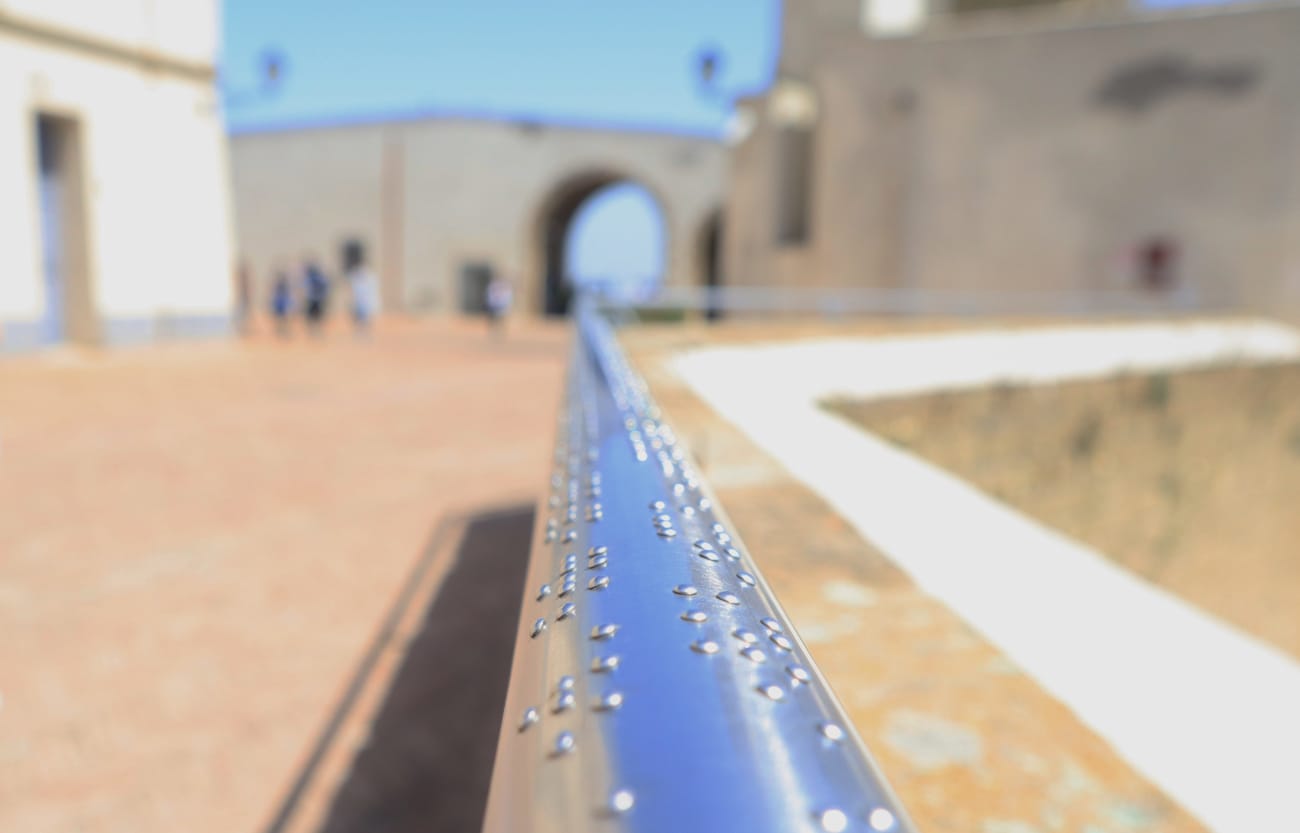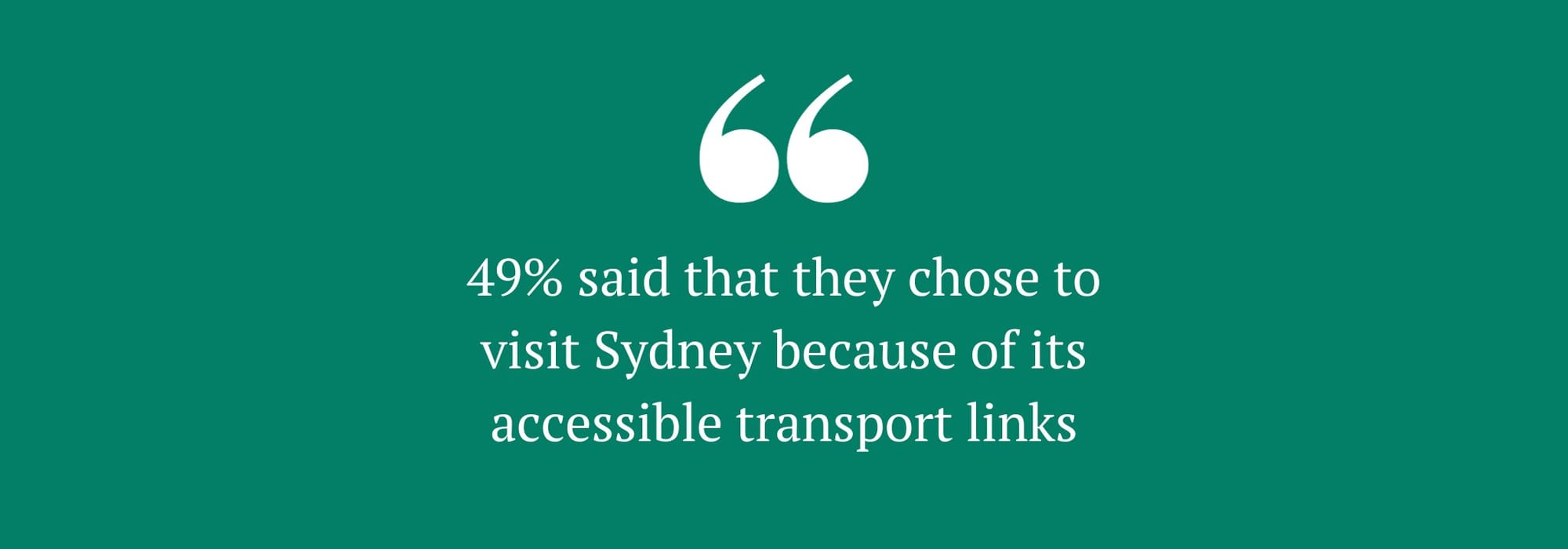5 life-changing accessibility projects from around the world
updated on Jan 11, 2024

Accessibility should be at the heart of our towns and cities. And, in 2024, it can be. Discover five examples of incredible accessibility projects from around the world
It’s estimated that 16 million people in the UK have a disability – that’s around 24% of the total population. And, yet, navigating our towns, cities, and villages isn’t always straightforward. Buildings without accessible entrances, media without inclusive options, transport without the appropriate infrastructure, and overstimulating or hostile environments, are just a few examples of the barriers people may come up against.
And those aren’t the only things to contend with. According to the charity Scope, three out of four disabled people have experienced negative attitudes or behaviour in the past five years. This, coupled with the feeling of being excluded from experiences, or having to make drastic accommodations in order to have access to the same opportunities as others, can take its toll and lead to a sense of isolation and othering.
It’s clear that, as a society, we need to challenge our attitudes, and for our infrastructure to be better. The good news is that we’re not short of inspiration. From top-notch tech to welcoming attitudes put into policy, here, we’ve rounded up five examples of inspiring steps towards a more inclusive future.
Braille handrails, Naples, Italy
If you take a trip to Castel Sant’Elmo, you’ll find something rather marvellous on this hill-top, coastal castle. Installed in 2017 by local artist Paolo Puddu, a 92-foot-long steel rail runs across the castle wall, and on it, in Italian and English, is braille that describes the view to those with visual impairments.
Using excerpts from Italian author Giuseppe de Lorenzo’s novel La terra e l’uomo (the Land and the Man) this poetic description takes a pre-existing cultural experience and creates a whole new original and exciting dimension, that can be enjoyed by those who may normally be unable to access it to the same degree. The use of the poetic description hopes to capture the same beauty that visitors may sense from looking at the view, and this installation is an example of the ways in which creative solutions and artistry across mediums can transform an experience.

North York Moors – National Park accessibility project, Yorkshire, UK
So many of us can attest to how beneficial time in nature is for our overall wellbeing, but getting out there isn’t always easy. Uneven ground, narrow pathways, and an overall lack of accessibility measures – such as ramps and appropriate doorways – can make these spaces a challenge for many. But that’s changing in Yorkshire.
The North York Moors National Park accessibility project has set out to make outdoor activities accessible, working with Visit England to develop practical access measures, and also provide disability awareness training for staff. From adapted hire bikes for exploring the forest, to lift access at historical sites, and adapted picnic benches, these measures are already making a huge difference for visitors looking to embrace all that nature has to offer us.
Ageing population measures, New York City, USA
It’s estimated that New York City hosts around six million visitors with disabilities each year and, appropriately, already has many accessibility measures in place. But one thing at the top of New York City’s Commissioner of the Office of People with Disabilities, Victor Calise’s list, was to work with the Department for Ageing to take steps to make the city work for older residents and visitors.
Benches have been installed around the city for people who can’t walk for long distances, or who would like to take a break while exploring. Old pay phones have been replaced with kiosks equipped with free Wi-Fi, phones, tablets for maps and city services, and free charging for devices. These kiosks also have hearing loops, braille, and the ability to zoom in or adjust the colour of the tablet screens, in order to make them easier to read. As our population grows older, measures such as these ensure a more accessible future for all.
Navigation app for blind and low-vision travellers, Sydney, Australia
In a survey by Valuable 500, 49% of respondents said that they chose to visit Sydney because of its accessible transport links, and it’s easy to see why. Australia’s Federal Disability Standards for Accessible Public Transport were first introduced in 2002, and are updated every five years – meaning they remain current and move with advances in technology. For example, Sydney Airport launched a partnership with Aira, a service that helps blind and low-vision travellers navigate the airport by using an app on their smartphone.
Something else that can be a challenge for travellers is finding out all the information they need ahead of their trip. Without suitable resources, this can be very time-consuming, and contributes to a stressful mental load. But visitors to Sydney can cut straight to the point, by visiting the Accessible Sydney site, which hosts all information on accessibility in one place.

Autism Friendly Town, Clonakilty, Ireland
In 2018, Clonakilty became Ireland’s first accredited Autism Friendly Town, following a journey that began back in 2015 when the retailer, Scally’s SuperValu, became the first shop to make in-store changes to ensure autistic people could have a better shopping experience. The feedback was overwhelmingly positive, and started a conversation about autism across the town.
Since then, in order to be awarded the accreditation, Clonakilty had to train 25% of businesses, 50% of public services, 50% of schools, 50% of healthcare professionals, and engage 25% of the town’s population in a three-year Autism Friendly Town plan. This included staff training, sensory activities – such as the sensory garden on the grounds of the West Cork Model Railway – quiet times and spaces, and service dog awareness. Plus, throughout the town and its amenities, visitors will also be able to find social stories, which are tools that support a meaningful exchange of information between venues and autistic visitors.
And the action taken in Clonakilty is having a ripple effect, with 10 more Irish towns going on to achieve the same accreditation.
A better, more accessible world
When our towns and cities are accessible, it brings benefits to all. Safe, open, inclusive environments are physical evidence of a commitment to creating a more compassionate world. Local businesses benefit from being available to all. And places of cultural significance are kept alive by all those who are able to enjoy, be moved and inspired by them. And when infrastructure is coupled with attitudes of respect and dignity, very quickly, the barriers start to fall down.

